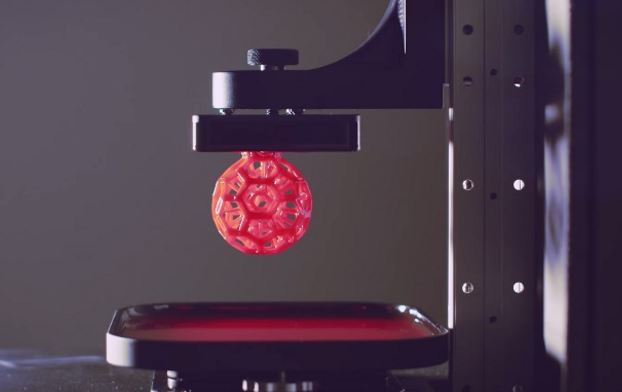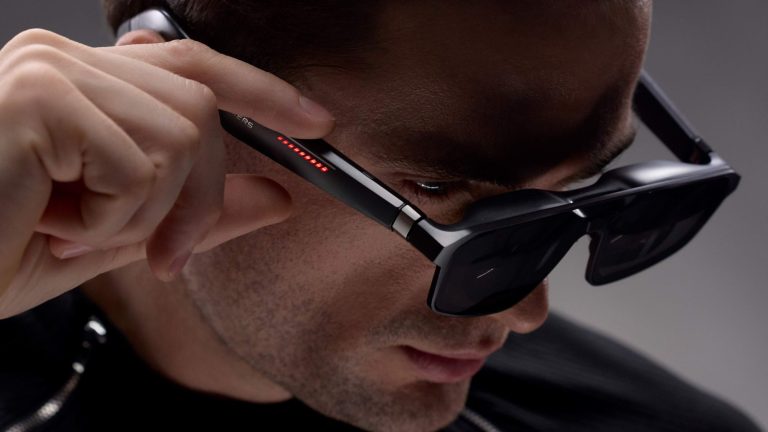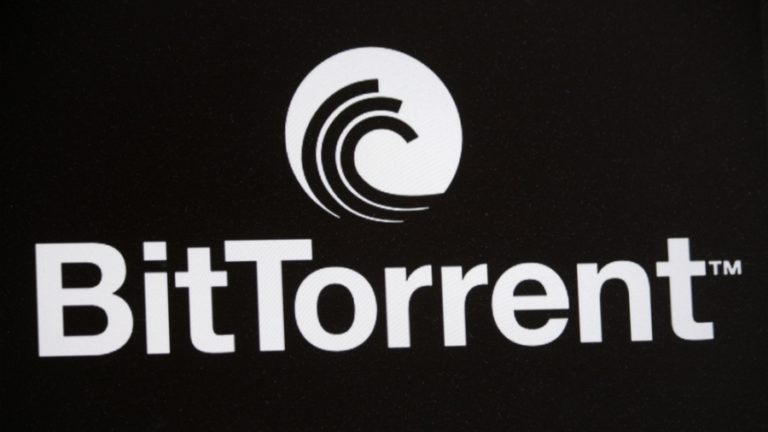This Terminator Inspired 3D Printing Technology Is 100 Times Faster

As if the present 3-D printing is not cool enough, with its layer by layer building to “print” three-dimensional objects, researchers have now developed a cutting-edge technology to print these objects using liquid media. This new edgy technology called “CLIP”- which stands for “continuous liquid interface product”, allows printing by essentially growing objects out of a pool of liquid.
This is pretty much like Robert Patrick rising as the T-1000 from molten metal in the movie Terminator 2.
This technology helps print objects at a rate 25 to 100 times faster than other methods to create objects of challenging geometry to open novel opportunities in various fields that include medicine, health and care, aviation and automotive.
This technology uses tunable photochemistry to manipulate light and oxygen to fuse objects in liquid media rather than the layer by layer method that has been used for decades. It works by projecting beams of light through an oxygen permeable window into a liquid resin. Working in tandem, light and oxygen control the solidification of the resin, creating commercially viable objects that can have feature sizes below 20 microns, or less than one-quarter of the width of a paper.
This technology can create objects radically faster than the traditional technologies. CLIP allows the use of a wide range of materials to print objects, including elastomers, silicones, nylon like materials, ceramics and biodegradable materials. The technique itself provides a blueprint for synthesizing novel materials that can further research in materials science. Its novel applications include drug delivery and other areas.
In addition to using new materials, CLIP allows to print stronger materials with unique geometries achievable by other methods, such as cardiac stents, that requires to meet the personalized needs of patients.
Source: Phys.org
Would this technology revolutionize the whole printing phenomenon? Tell us in comments!
Stay tuned for latest technology news from fossBytes!






